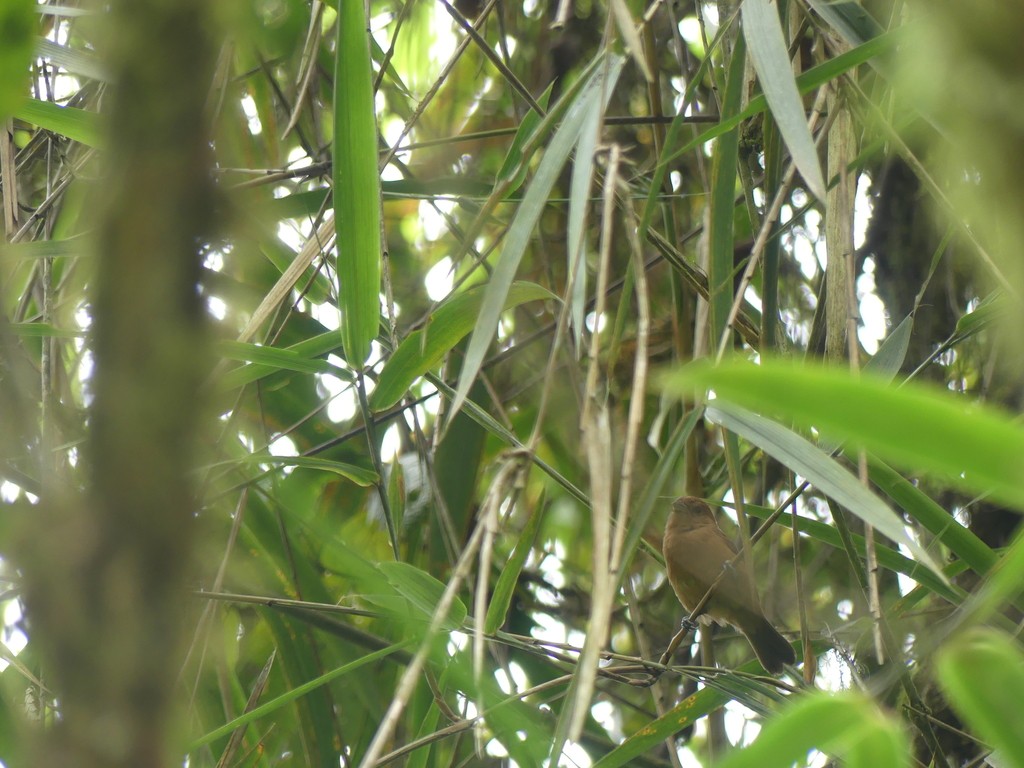Blue Seedeater
A species of Blue-black Seedeaters Scientific name : Amaurospiza concolor Genus : Blue-black Seedeaters
Blue Seedeater, A species of Blue-black Seedeaters
Botanical name: Amaurospiza concolor
Genus: Blue-black Seedeaters
Content
Description General Info
 Photo By holgerbeck , used under CC-BY-NC-4.0 /Cropped and compressed from original
Photo By holgerbeck , used under CC-BY-NC-4.0 /Cropped and compressed from original Description
The Cabanis's seedeater (Amaurospiza concolor) is a species of bird in the cardinal family Cardinalidae. It is found in highland forest and woodland, mainly near bamboo, in southern Mexico and Central America. Due to its association with bamboo, it is often local and erratic in occurrence, but overall it is not considered threatened and therefore listed as Least Concern by BirdLife International and IUCN. Cabanis's seedeater was formerly considered to be conspecific with the Ecuadorian seedeater under the common name "blue seedeater". Two subspecies are recognised: A. c. relicta (Griscom, 1934) – southwest Mexico A. c. concolor Cabanis, 1861 – south Mexico, Belize, Honduras to Panama 
Size
11 cm
Nest Placement
Shrub
Feeding Habits
Blue Seedeater primarily consumes insects, seeds, and bamboo shoots. Its foraging involves gleaning from foliage and branches. Unique adaptations include a preference for bamboo-dominated habitats.
Habitat
The blue Seedeater typically inhabits openings and the peripheries of forested areas, including humid montane forests and regions marked by secondary growth. These birds demonstrate a marked preference for environments that feature bamboo, a characteristic particularly noted in their Central and South American ranges, where bamboo's presence plays a significant role in their habitat selection.
Dite type
Granivorous
General Info
Feeding Habits
Bird food type
Scientific Classification
Phylum
Chordates Class
Birds Order
Perching birds Family
Cardinals Genus
Blue-black Seedeaters Species
Blue Seedeater